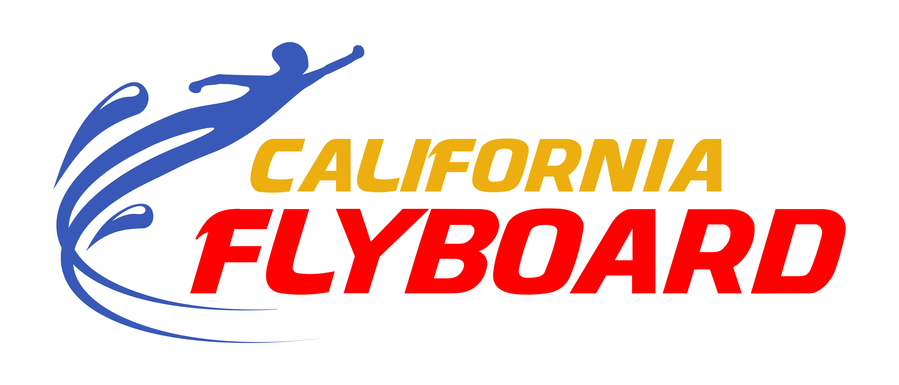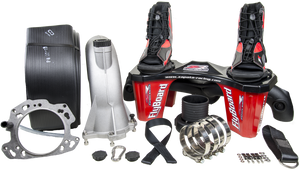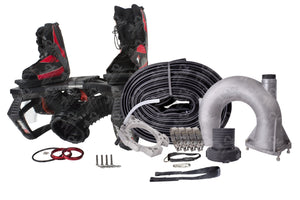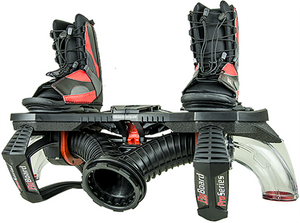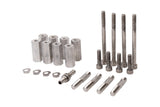Though it might look difficult, flyboarding is actually something that you can pick up very quickly. This short guide is going to give you the quick basics so that you can get up in the air in no time!
How Does it Work?
It’s quite simple actually. Every Personal Watercraft (PWC) works through a jet propulsion system that takes water in from the bottom and then shoots it out from behind the Jet Ski. The faster you go, the more water that is shot out. For Flyboarding, all you do is attach an adaptor to the U-Pipe so that this water is sent through a hose which then propels the flyboard into the air. For best flying results, it is important the pilot tries to maintain a steady RPM so the rider has more balance.
How Long Does it Take to Learn to Flyboard?
No time at all! Most people can learn in 3-7 minutes on average, and if you have experience with board sports, you can learn even quicker. The main thing is how well you can maintain your balance.
Most companies set a regulation of being at least 13 years old before you can flyboard. Other than that, there is no height requirement and it can carry someone up to 385 pounds.
Although the gear weighs about 25 pounds, you will not feel it once you are in the air. Likewise everything from the board up to your helmet floats so you don’t have to worry about sinking!
How Do I Control it?
Most are controlled by a Jet Ski operator who will typically set a fairly low speed and height until you are more comfortable. After that, the sky’s the limit!
For more advanced riders, there are EMK Remotes which allow a flyboarder to control a PWC without having a pilot.
What Are the General Body Movements?
The motions are fairly intuitive, particularly if you have had any experience skating, surfing or snowboarding. Most of the time you want to keep your legs straight and under you unless you are performing tricks.
To turn simply bend one knee at a time. Think like a skateboard or snowboarding and practicing your ‘S’ turns. To turn left, you need to bend the right knee and likewise to turn right.
Other than that you need to keep your core engaged and your arms outstretched to help you balance.
Beginner Tips
The biggest thing is confidence. So do not be afraid to fall. Unlike most sports, the best thing about flyboarding is that if you fall, you simply land in the water, wait a few seconds to float back up and get your legs under you, then you are ready to go again! It’s important to “fall” forward safely in order to minimize the impact and protect yourself.
The key is to always listen to your certified Flyboard instructor and your Jet Ski pilot. Take it easy at first until you get the hang of it. However, even when you start to get more advanced it is important to listen to the pilot because they control where you are going and how fast. There are many reasons why you operator may need to suddenly slow down or turn, and you need to be prepared for that.
That’s it. It very simple so get out there and have some fun!
